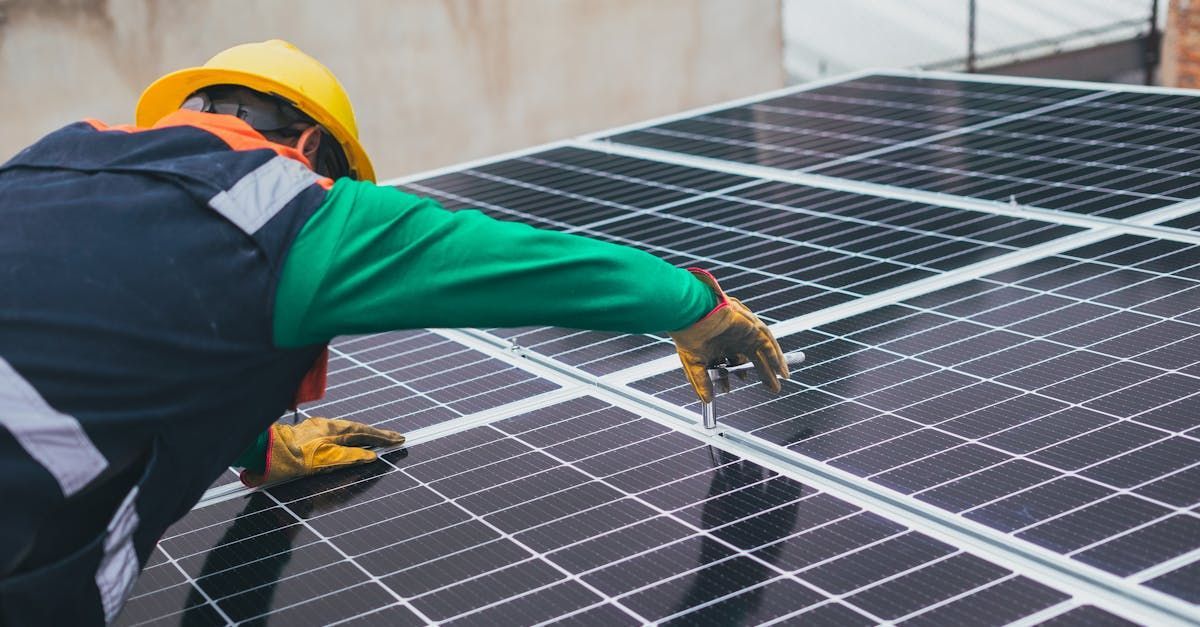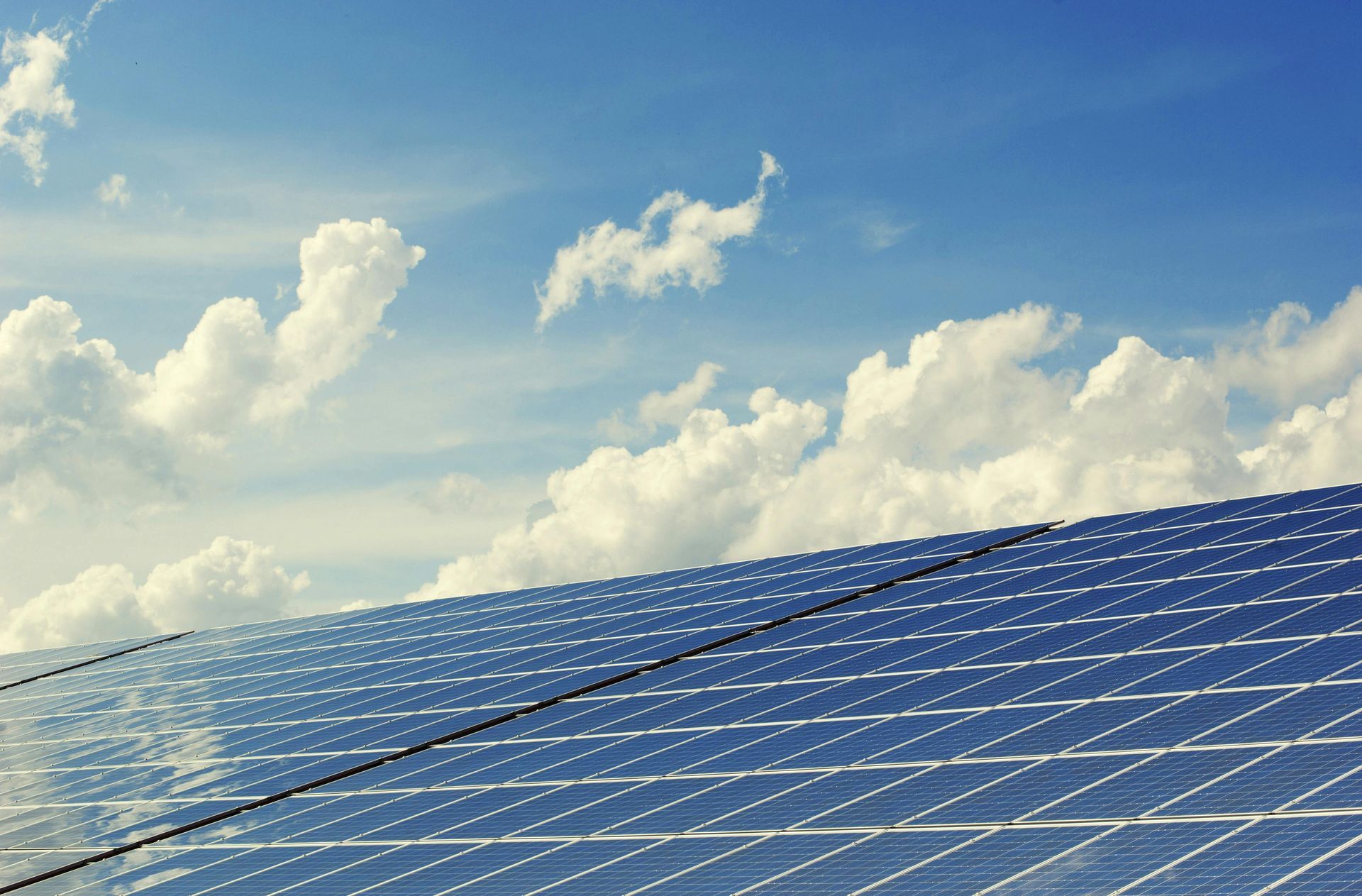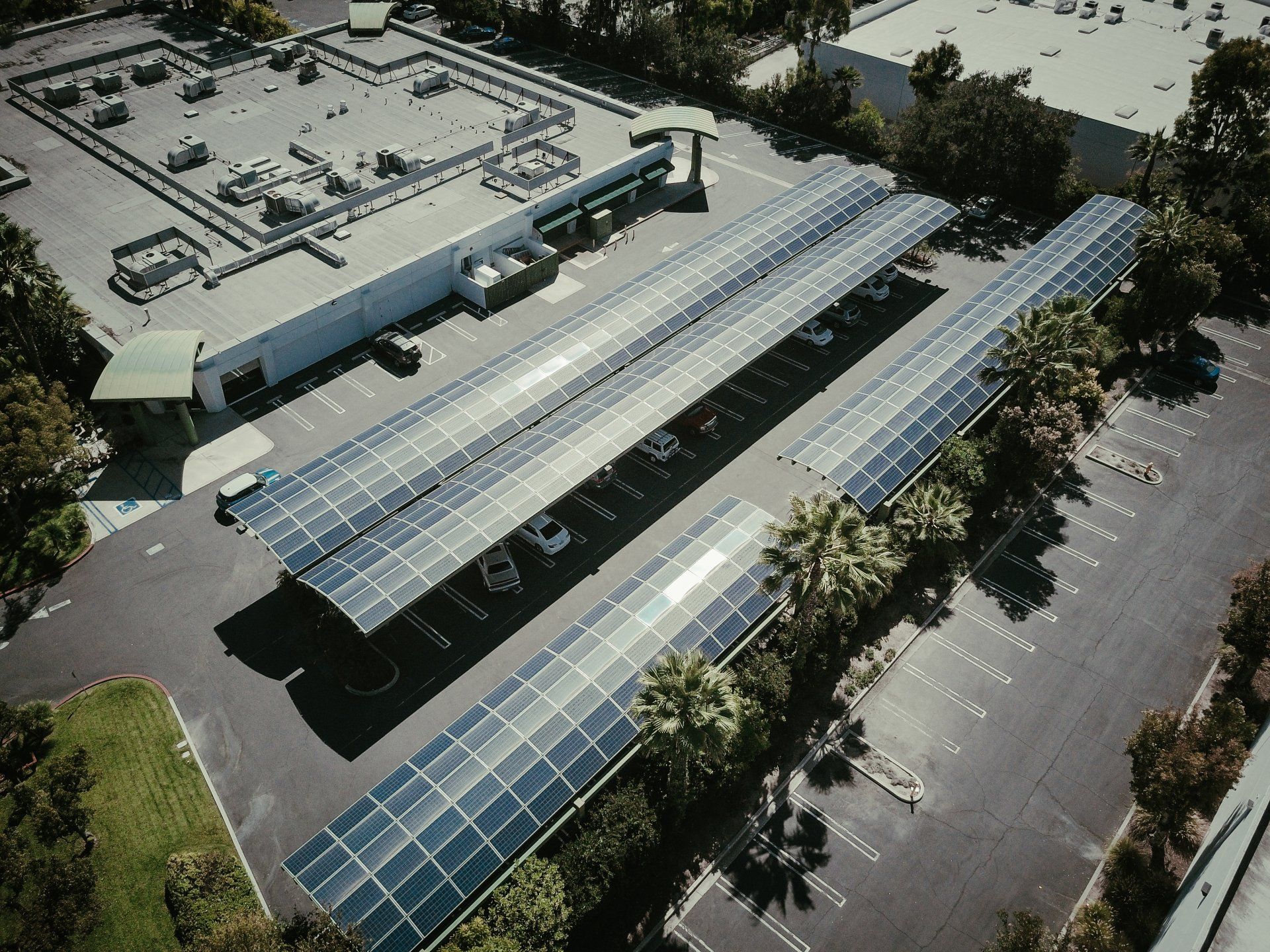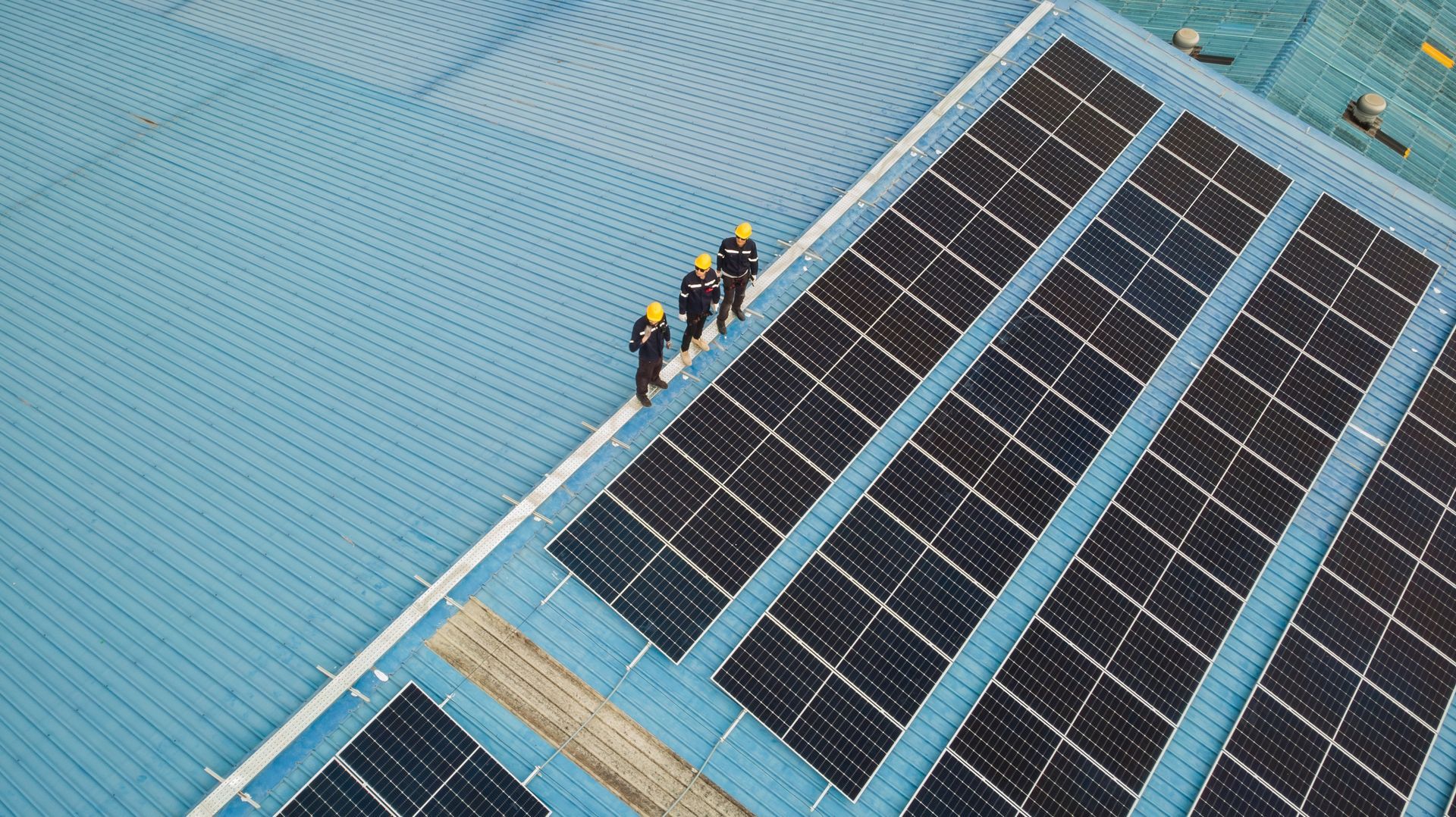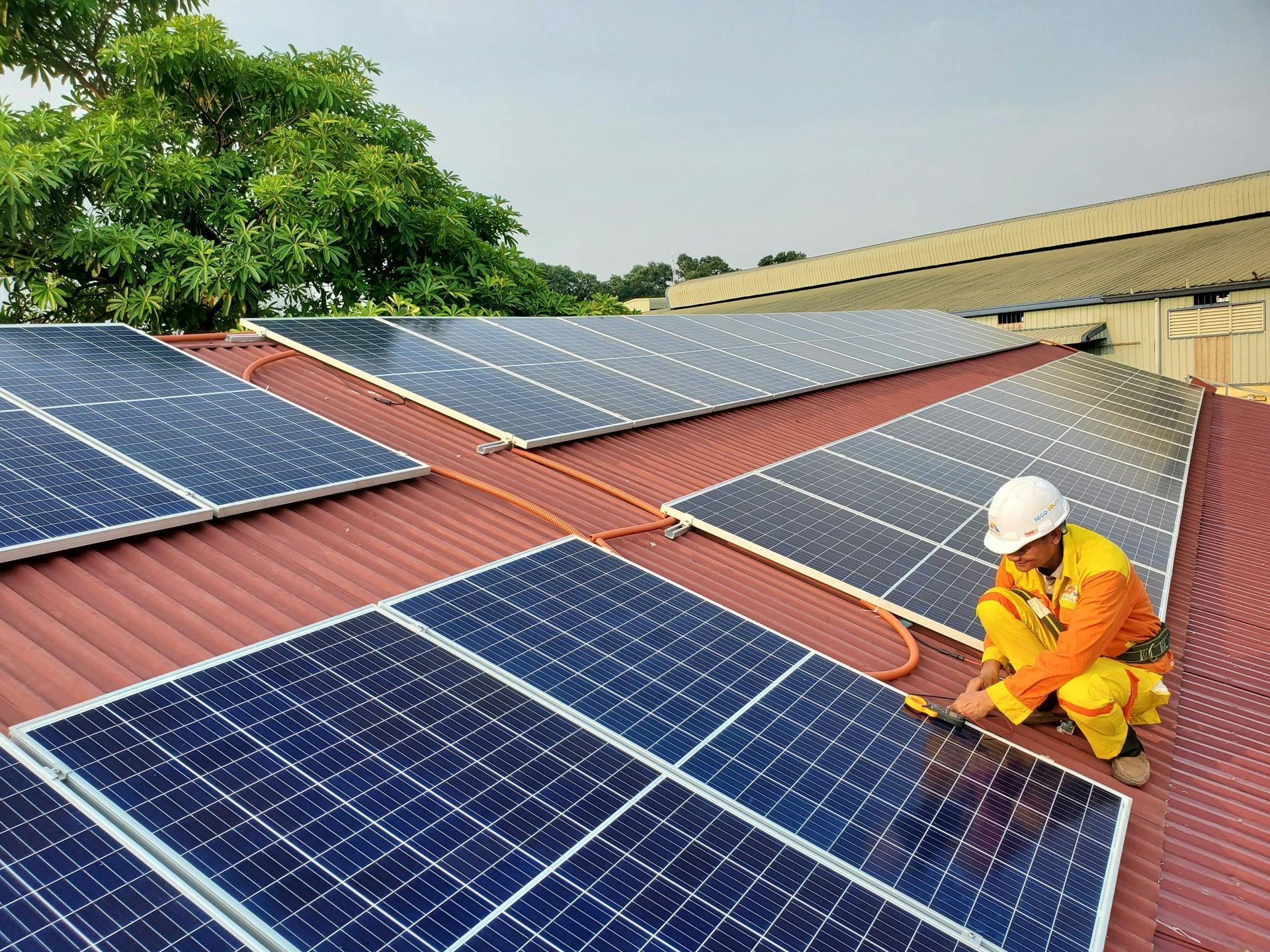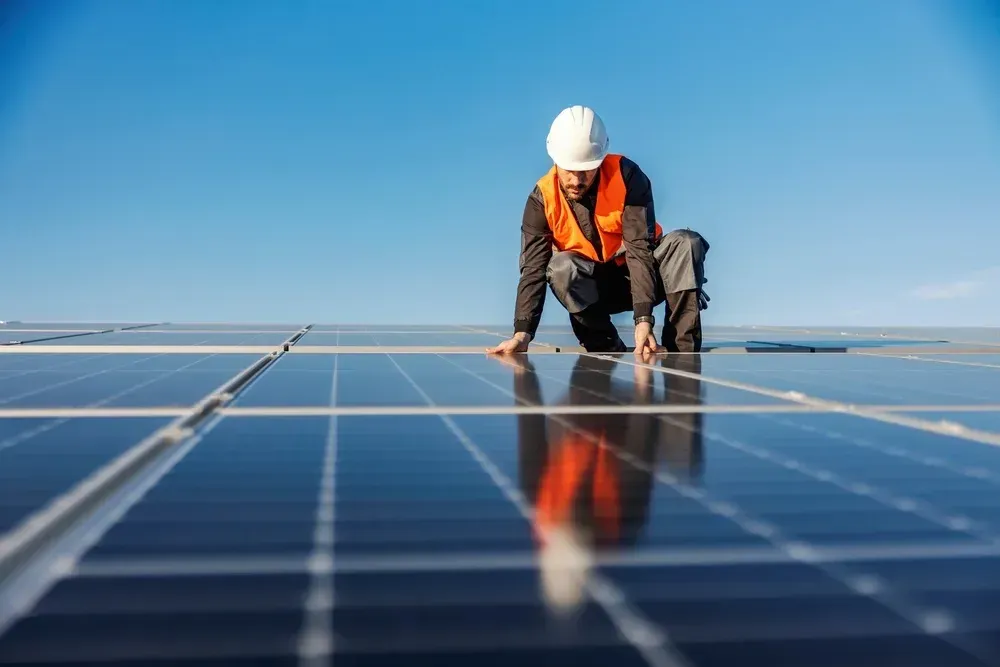Data Centres in Ireland: Balancing Growth and Grid Sustainability
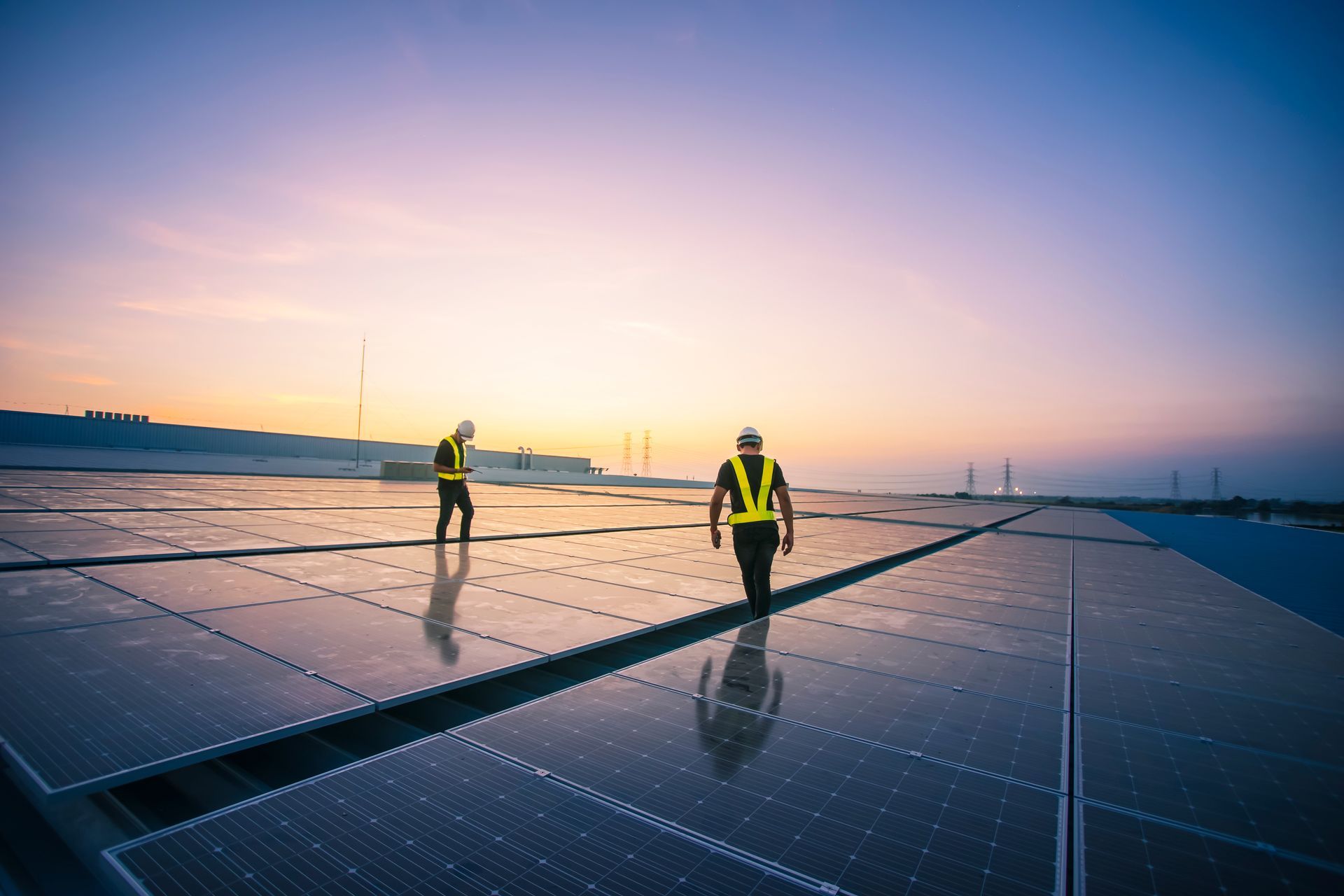
A Growing Industry with a Large Appetite for Energy
The Data Centre industry has become a cornerstone of Ireland's economy, driven by multinational tech giants seeking a strategic European base. According to CSO figures, data centres now account for 21% of Ireland's electricity consumption (*2023 data), with projections indicating continued growth. This level of energy demand has raised concerns about the strain on Ireland's electricity grid and the country's renewable energy targets.
But what exactly is a data centre?
A Data Centre is a physical location for storing computers and necessary hardware. With the advances in technology, there has been an exponential growth in data, back up locations and the necessary network equipment. Think of the photos and files on your phone, your work documents, your medical records, even the solar panels on your house - and the data all of these generate. With the click of a button, we can see days, weeks and years of information - all of which is stored and backed up, to ensure we never lose it. The ‘cloud’ storage we use is fulfilled by Data Centres and GDPR stipulates our data must be stored within the EU.
Comparing Energy Consumption Across Industries
To grasp the scale of energy consumption by data centres, consider the following:
- In 2023, Ireland's data centres consumed approximately 6,334 GWh, or 21% of our national electricity use.
- Comparatively, the aviation sector, including all domestic and international flights in Ireland, used 180,000 GWh, or 28 times more energy.
- Interestingly, data centres in Ireland consume almost the same electricity as the combined annual household energy use of 400,000 Irish homes - keeping all of our photos, data and information safely backed up and allowing us to operate streaming services, seamlessly.
As of April 2024, there were 82 data centres in Ireland, with an additional 14 centres under construction, and planning approval for an additional 40 centres (Ryan Christensen, 2024). These figures highlight the sheer energy demand driven by data centres, emphasising the need for sustainable solutions.
The Impact on Grid Capacity
Ireland's electricity grid is under pressure to accommodate the rapid expansion of data centres. Key challenges include:
- Grid Congestion: Limited grid capacity in high-demand regions like Dublin has prompted regulatory bodies to assess connection applications rigorously.
- Renewable Energy Targets: Balancing this growth while meeting EU-mandated renewable energy targets is an ongoing struggle.
Ireland joins other European countries such as France, Germany and Holland, as a leading hub for data centres. Competitive electricity prices and stable energy grids are driving the investment. Nordic countries are also seeing a surge in data centres, given the lower temperatures, as cooling is a huge cost factor. Our electricity grid is more than 100 years old, and while upgrades have been undertaken, the pace of change in demand has far exceeded the grid improvement modifications.
Planning Regulations and Renewable Energy Commitments
In response to these challenges, the Irish government has implemented policies requiring data centres to:
- Include Renewable Energy in Their Supply: Data centres are often mandated to source a portion of their energy from renewable sources, such as wind and solar, which can be incorporated into the build stage, or later through CapEx or corporate PPAs.
- Onsite Renewable Energy Installations: Some planning approvals stipulate the integration of renewable technologies like rooftop solar or battery storage, helping to reduce the pressure on the grid at key times of the day.
- Limits on Grid Connections: Recent moratoriums on new grid connections in certain areas ensure that existing capacity is preserved for other users. This leads to data centres and other large energy users relying on older technology, such as diesel generators, to safeguard their energy supply.
Looking to the Future
The Data Centre industry is both a driver of economic growth and a major energy consumer. Striking a balance requires innovative approaches:
- Expanded investment in renewable energy infrastructure to support grid demands.
- Enhanced energy storage technologies to offset peak loads.
- Stricter planning regulations tying new data centre approvals to green energy commitments.
For businesses in the renewable energy sector, this presents an opportunity. At Shannon Energy, we are committed to working with commercial organisations, including data centres, to deliver tailored solar PV solutions that meet organisational sustainability goals while reducing pressure on our national grid.
Installing solar panels on the rooftop of datacentres can be done relatively quickly and easily. A large data centre rooftop, facilitating 1,000 solar panels, could offset 3,000T of carbon over a 20 year period, and generate enough electricity to power more than 110 homes. While this might be a small percentage of a datacentre's overall energy consumption, it is not insignificant.
New regulations are emerging to address the sustainability challenges of data centres in Ireland, influenced by broader EU policies. Key developments include:
- EU-Wide Sustainability Reporting: The European Commission introduced a regulation requiring data centres with a minimum IT power demand of 500 kW to report on sustainability metrics like energy use, renewable energy integration, water consumption, and waste heat reuse. The first reporting deadline was September 15, 2024, followed by annual submissions. This measure aims to enhance transparency and encourage more energy-efficient and sustainable designs
- Energy Efficiency Directive (Recast): The EU has set binding energy consumption reduction targets (11.7% by 2030), with a focus on high-energy sectors like IT and data centres. Operators will also need to disclose energy performance data, aligning with the Directive's goals to manage the sector's growing energy demand
- Ireland-Specific Implications: While Ireland hasn't yet fully transposed the Directive into national law, future compliance is expected. The country, hosting many hyperscale data centres, faces unique grid pressures and may see stricter enforcement of energy-efficient practices, renewable integration, and possibly limits on new connections
These regulations signal a shift towards balancing data centre growth with energy sustainability. Ireland, as a key data centre hub, will likely experience notable operational adjustments as these rules are implemented. Many of our large tech companies want to continue to invest in Ireland and expand their operations, but our grid and planning laws work against the wider appeal of growing in Ireland
Conclusion
The Data Centre industry in Ireland is at a crossroads. Its growth must align with our national climate commitments, which means stakeholders across sectors must collaborate to find sustainable solutions. Renewable energy, efficient grid planning, and robust regulations will be the pillars of this transition, and it is up to all of us, to harness the power of green energy, renewables and others, to be the change we want to see.
Contact Kale@ShannonEnergy.com to find out how we can help your organisation meet its renewable energy targets, reducing grid congestion and greenhouse gas emissions.
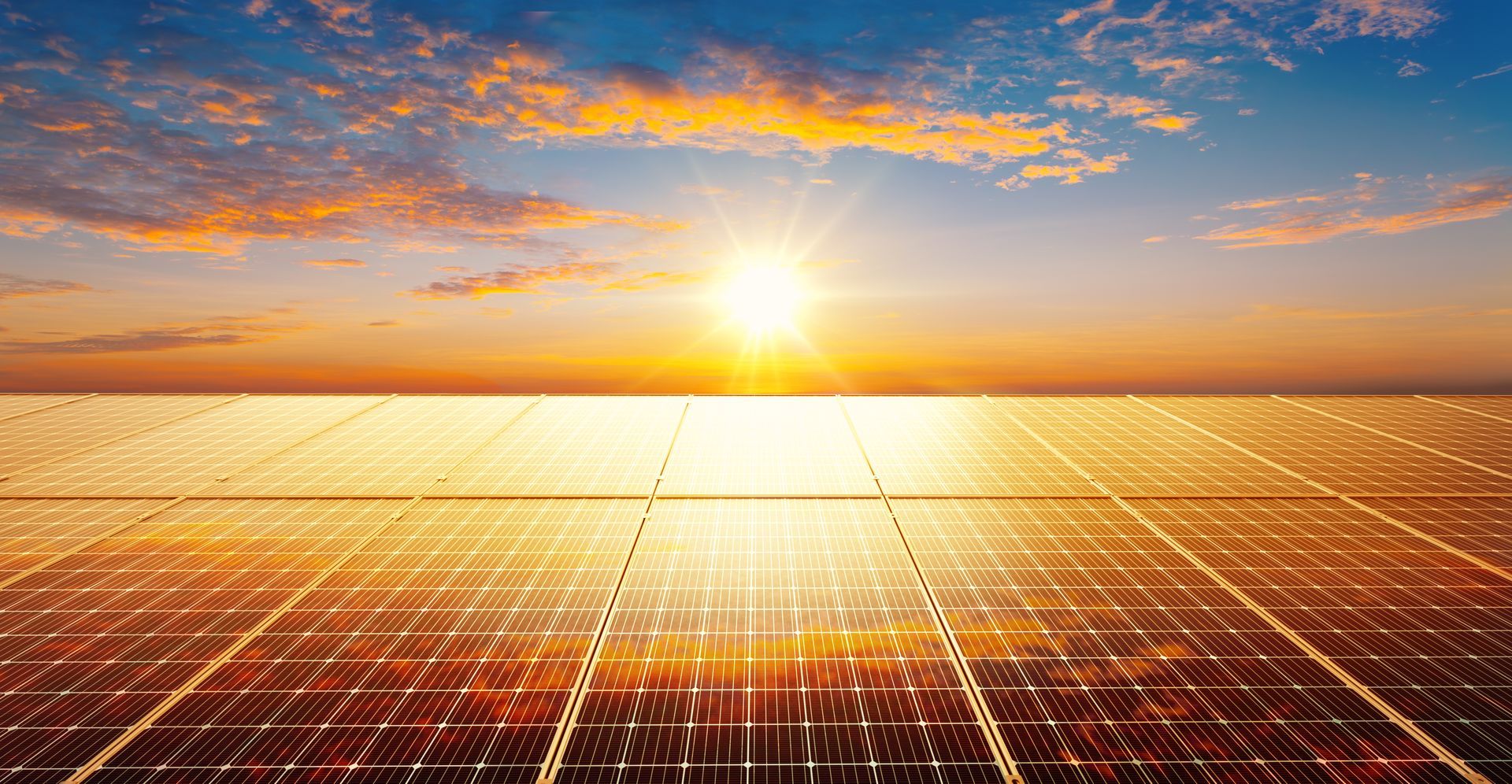

All Rights Reserved | Shannon Energy

